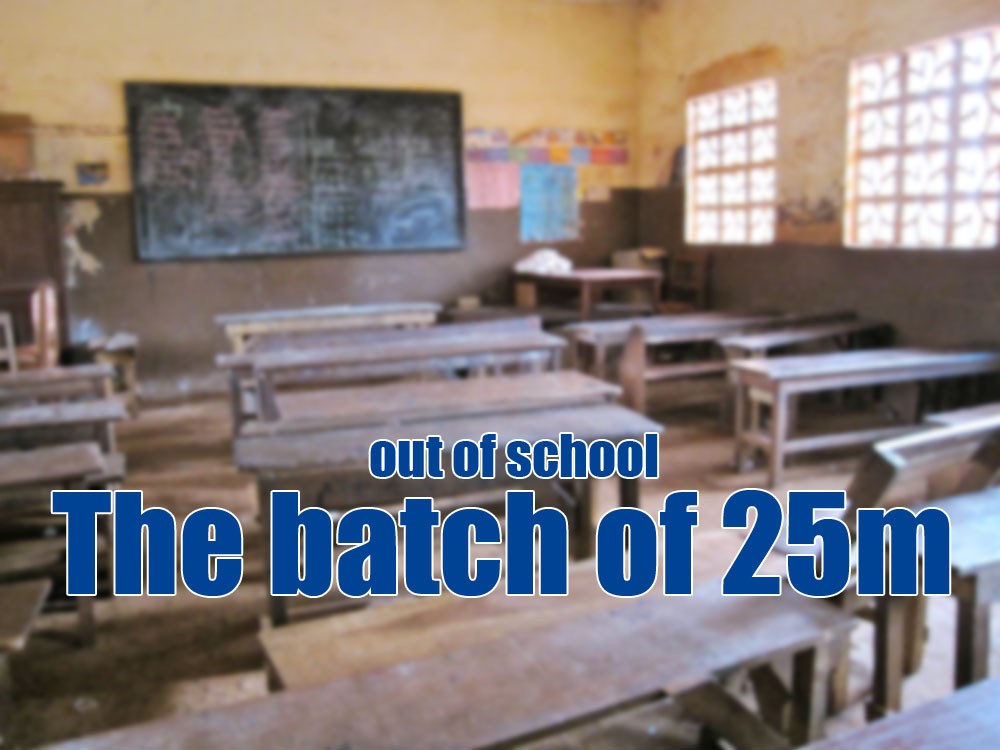
Trying to go beyond figures and see how individual lives are shaped by not going to school

It is an issue that is on everybody’s mind. It is an issue that is on nobody’s mind.
How else does one explain the mind-boggling figure -- 25 million out of school children between the age of five and sixteen. The figure itself is hugely contested by the way. The government that quoted a figure of 24 million in 2016 endorsed a much reduced one, i.e., 22.6 million in 2017.
Just when you realise the clumsiness, or irony shall we say, contained in these statistical claims, there is more that follows: A news item about the chief minister of the biggest province vowing to bring each child of Punjab to school before the 2018 election. Read this with the posters and advertisements about the CM launching the enrolment drive 2017 and wonder what is more important -- enrolment or election 2018.
The problem is a lot more complicated than we think. The bottom-line of course is that a huge number of school-going children are not where they should be, and there is nothing that is being seriously done about it. Some educationists are of the view that the figure needs a breakup -- and once you do that, you realise that the number is reduced drastically at the primary level. It is close to 7 million.
This could mean both -- that there is more serious policy planning regarding the primary education and also that there is less. But one thing is certain that the way our educational landscape is laid out, the access to primary schools is a lot more than middle and high schools.
Read also: Out of school: The batch of 25m
The presumption here is that all parents everywhere are convinced about the value of education. But then refuse to send their children because of the actual value of education received by the children in schools here. It does not improve the children’s chances in life, largely because of the low quality. Like everywhere else, there is an opportunity cost here too. Parents prefer their children to become earning hands rather sooner than wasting so many years of their life in school.
The two serious studies about out of school children (OOSC) in this country have been done in the non-government sector -- a UNICEF report in 2013 and another one ‘25 Million Broken Promises’ by Alif Ailaan.
So at the moment, we in Pakistan have too much by way of statistics and a lot of qualitative data as well. We clearly know that a bigger majority of these OOSC -- close to 70 per cent -- are those children who have never been in a school and the drop-outs are much less. What we now need is a sincere and creative plan to do something about this problem. In our Special Report today, we have tried to go beyond figures and see how individual lives are shaped by not going to school.